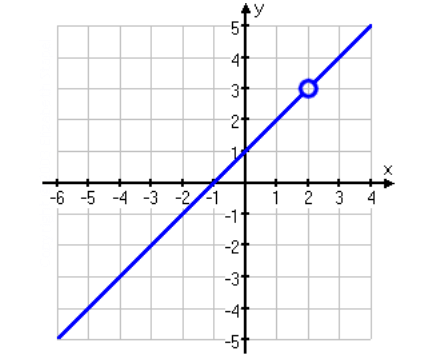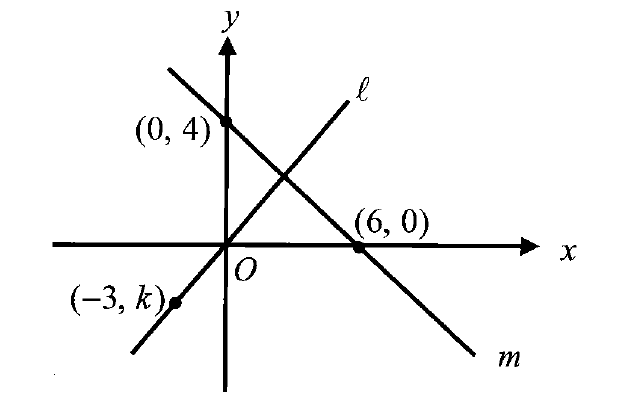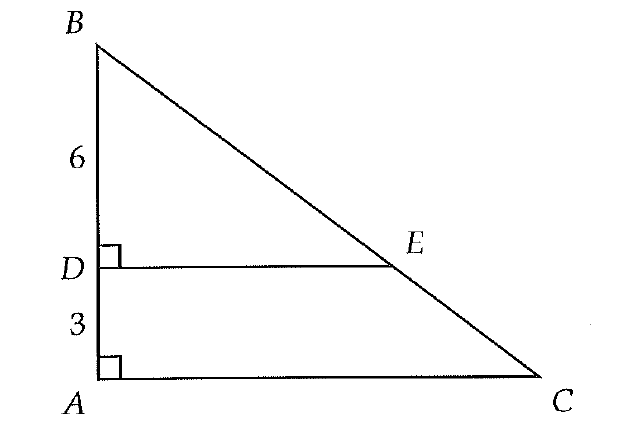DOMAIN AND RANGE OF RATIONAL FUNCTIONS WITH HOLES
Domain of a Rational Function with Hole
Let y = f(x) be a function.
Domain of the above function is all real values of 'x' for which 'y' is defined.
If there is any value of 'x' for which 'y' is undefined, we have to exclude that particular value from the set of domain.
Let us consider the rational function given below.
In the above rational function, let us equate the denominator 'x - 2' to zero.
x - 2 = 0
x = 2
In the rational function
if x = 2, then the denominator becomes zero and the value of 'y' becomes undefined.
So, 'y' is defined for all real values of 'x' except x = 2.
Therefore, the domain is
R - {2}
Finding Hole of a Rational function
For the rational function
let us try to find hole, if any.
To find hole, simplify the rational function as shown below.
In the above simplification, the common factor for numerator and denominator is (x - 2).
So there is a hole.
(Note : If there is no common factor for both numerator and denominator, then there is no hole)
Now we have to equate the common factor (x - 2) to zero.
x - 2 = 0
x = 2
So, the hole is at x = 2.
After having crossed out the common factor (x - 2), the function is simplified to
y = x + 1
Substitute x = 2.
y = 2 + 1
y = 3
So, the hole appears on the graph at (2, 3).
After simplification, the given rational function becomes
y = x + 1
which is linear and its graph will be a straight line.
Graph of 'y = x + 1'

Range of a Rational Function with Hole
When we look at the above figure, the graph of
y = x + 1
appears at every real value of 'y' except at y = 3.
Because, there is a hole at
y = 3
So, the range is all real values except '3'.
That is,
R - {3}
Kindly mail your feedback to v4formath@gmail.com
We always appreciate your feedback.
©All rights reserved. onlinemath4all.com
Recent Articles
-
Digital SAT Math Problems and Solutions (Part - 106)
Feb 04, 25 08:16 AM
Digital SAT Math Problems and Solutions (Part - 106) -
SAT Math Resources (Videos, Concepts, Worksheets and More)
Feb 04, 25 08:15 AM
SAT Math Resources (Videos, Concepts, Worksheets and More) -
Digital SAT Math Problems and Solutions (Part - 107)
Feb 04, 25 08:11 AM
Digital SAT Math Problems and Solutions (Part - 107)

